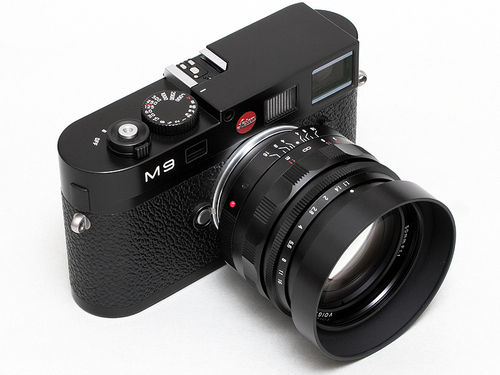Comparison with Leica 50mm F1 Noctilux
The Voigtlander Nokton 50mm F1.1 is always compared to the Leica 50mm F1 Noctilux Lens. This was the first ever ultra-fast lens that I have owned. It is a bargain compared to similar Leica offerings and often referred to as “Poorman’s Noctilux.”
Image Quality
The Voigtlander Nokton 50mm F1.1 produces sharper images in comparison to the Leica 50mm F1 Noctilux with similar heavy vignetting when shot wide open. However, it is not as clinical sharp as the latest Leica 50mm F0.95 Noctilux ASPH lens. The Sharpness improves dramatically when stepping down to f2.8 or greater and it sharpens up across the range until diffraction sets in.
The Lens optical design employs high refractive index glass to help control spherical aberrations and various distortions for a high degree of sharpness and clarity. Additionally, the 10-blade diaphragm helps to produce a smooth bokeh quality when shot wide open.
Build Quality
The Voigtlander Nokton 50mm F1.1 is a well constructed lens and solidly built. It is a heavy lens for rangefinder cameras but it’s relatively compact dimensions for an ultra-fast prime lens. It does have certain viewfinder blockage due to its dimensions.
Specifications
Lens Mount: Leica M
Production Year: 2010 - Present
Construction: 7 Elements / 6 Groups
Diaphragm: 10 Blades
Design Features: High Refractive Index Glass
Maximum / Minimum Aperture: F1.1 - F16
Closet Focusing Distance: 1m
Filter Size: 58mm
Weight: 428g
Practical Use
Users often consider this lens due to its low-light capabilities and its bokeh renderings. Wide open at the maximum aperture of F1.1 is suited to working in difficult lighting conditions and also affords extensive control over depth of field with selective focus techniques.
Functionally, the aperture ring is not as smooth as similar Leica lenses as it has distinctively clicks when turning the aperture. However, the focus ring feels almost as smooth as Leica lenses during practical use.
Conclusion
The Voigtlander Nokton 50mm F1.1 is exceptionally fast at its maximum aperture, which helps control shallow depth of field during practical shooting and also benefits working in difficult lighting conditions. It is a bargain when compared to similar Leica alternatives and performs about 80% as well in most situations.











